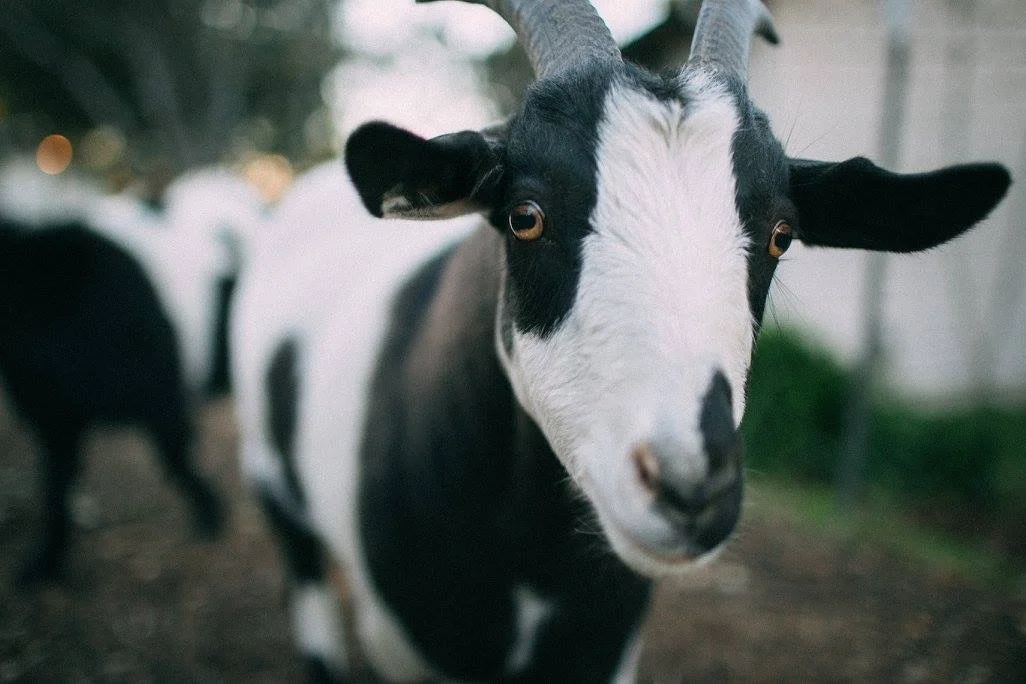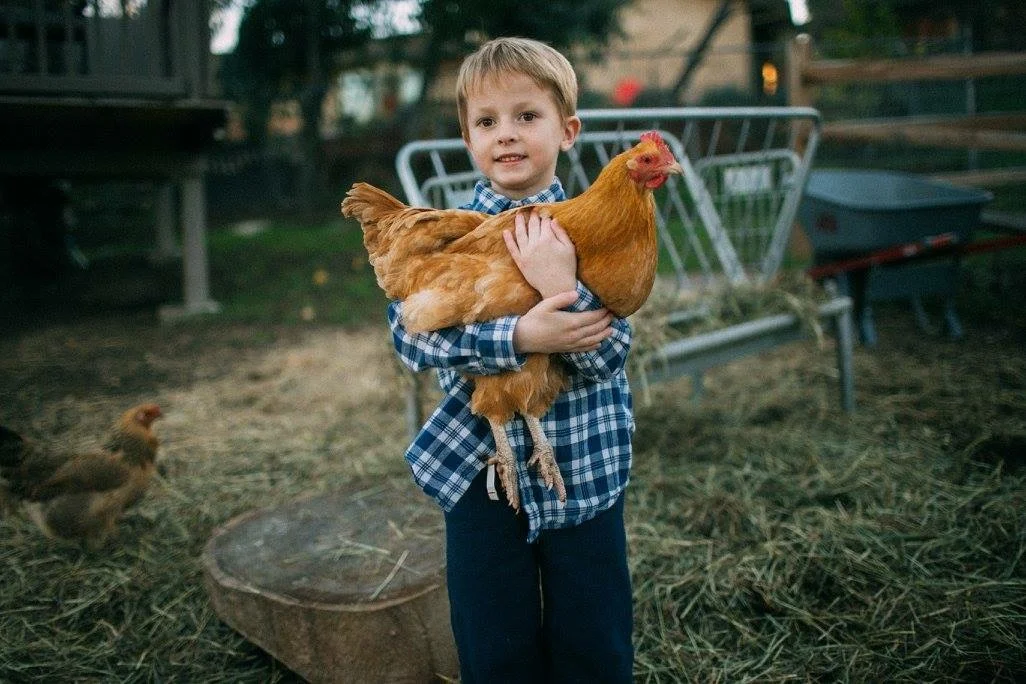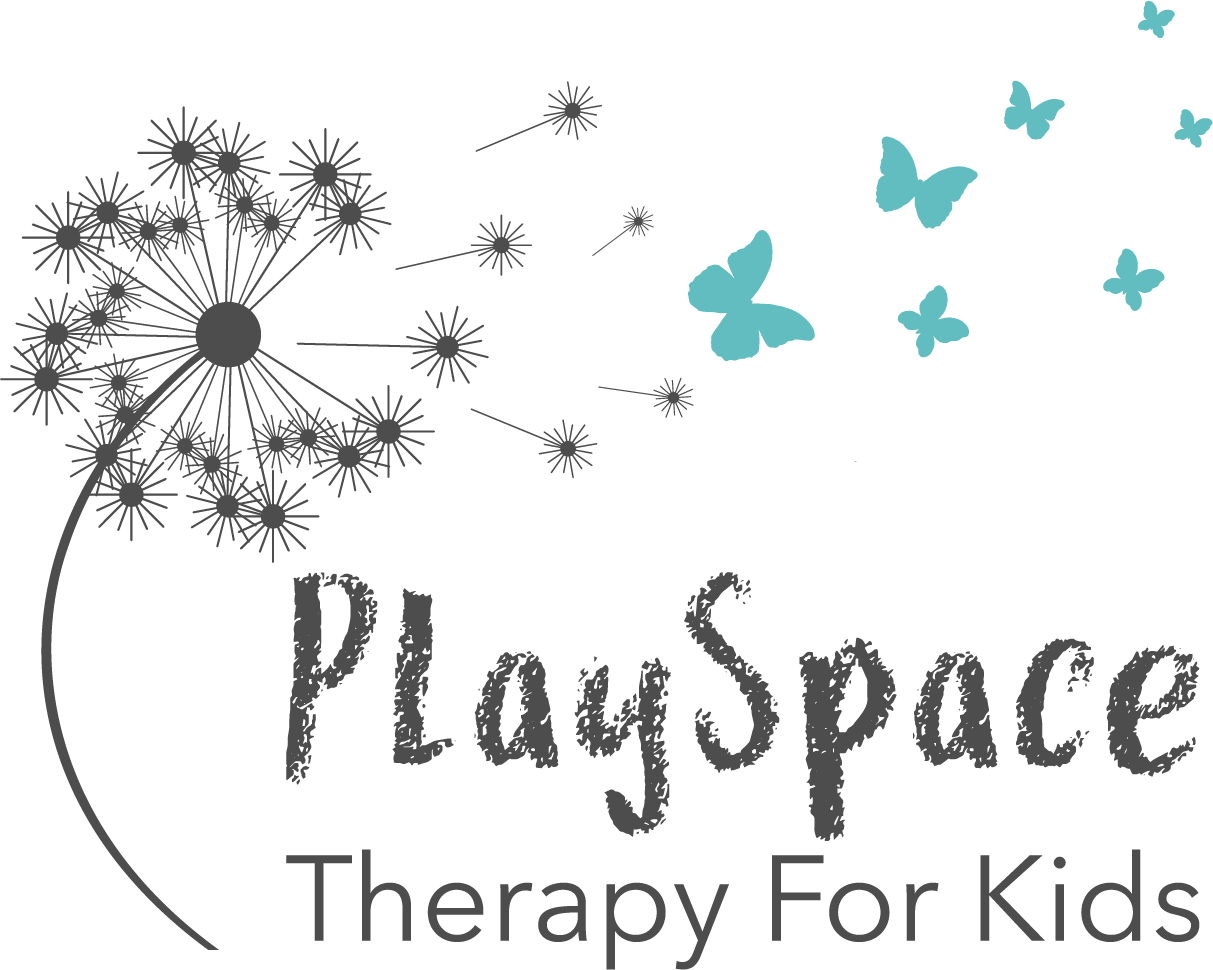The Farm Space
PlaySpace founder Debra Nipp is a trained Animal-Assisted Therapy Interventionist, bringing specialized expertise to integrate animals into therapy sessions.
Current Offerings
Interaction sessions for well-being - formally known as Animal-Assisted Activities (AAA), these interactions help children build trust, regulate emotions, and develop important life skills.
1:1 & small group meet-and-greet sessions with mini highland cows - perfect for children looking to connect individually with these adorable, calming creatures. Book appointment.
30-minute sessions —
1 - 2 people: $50
3 - 5 people: $75
Coming Soon
Animal-Assisted Therapy (AAT) with Mini Highland Cows - focused on self-regulation, sensory processing, and therapeutic outcomes.
Meet Our Animals!
Pepper
Hi there! I’m Pepper, a charming myotonic fainting goat born in 2014. I adore hanging out with people, and if you’re not careful, I might nibble your shoelaces or sneak in a sweet hand lick!
Pixie
I’m Pixie, Pepper’s spunky sibling and a fellow myotonic fainting goat born in 2014. I’m an adventurer at heart, always ready to climb or explore something new. Oh, and look for the heart-shaped markings on my back. Just a little reminder of how lovable I am!
Wesley
Hello, I’m Wesley, a micro mini Scottish Highland cow born in 2024. Standing no taller than 36 inches, I’m a bundle of friendliness. I love head scratches and being brushed and you will always find me right by my brother’s side.
Cooper
I’m Cooper, Wesley’s half-brother and his lifelong bestie—did you know cows have best friends forever? I was born in 2024, and I’ll stay a cuddly 34 inches tall. Sweet and affectionate, I’m always ready to share some love and make new friends.
Eddie
I’m Eddie, a friendly adventurer who loves exploring the great outdoors. While I enjoy my independence, I always have a warm spot in my heart for people—just don’t be surprised if I’m too busy on an adventure to stop and chat! Named after Ed Sheeran, my strong vocals are just another way I add some personality to the farm.
AJ
Hi, I’m AJ, a mellow and super sweet cat named after the band AJR. I absolutely love people and will happily loaf around near you when I’m let outside, which is only on special occasions. My meow may be soft, but my affection and knack for finding the coziest spots make me unforgettable.
Polar Bear, Kitzci,
Magnolia, and Miss Americana
Meet Polar Bear, Kitzci, Magnolia, and Miss Americana—our fabulous flock of chickens! From their playful clucks to their unique personalities, each brings a little something special to the farm. (photo coming soon)
Farm Gallery




The Role of Animals and Pets in Therapy
How do animals support sensory integration therapy?
Animals provide exclusive sensory experiences that help individuals improve their sensory processing abilities. For example, interacting with animals offers tactile stimulation, proprioceptive input (body awareness), and calming sensory inputs, such as petting or grooming.
Why are animals effective in sensory integration therapy?
Animals create a calming and supportive atmosphere that reduces anxiety and stress during therapy sessions. Their presence helps individuals feel safe and engaged, promoting better sensory regulation and emotional stability.
What are the benefits of incorporating animals into sensory integration therapy?
Research shows that animals in therapy can enhance sensory processing skills, improve attention spans, support self-regulation, and contribute to overall emotional and sensory well-being. Their involvement is validated by therapists, clients, and families alike.
What sensory experiences do animals offer in therapy?
Animals provide varied sensory inputs, including tactile (petting, brushing), proprioceptive (grooming, walking), and auditory stimulation (the sound of a dog’s breathing or a horse’s movement). These inputs are essential for improving body awareness and coordination.
Are there ethical considerations for using animals in therapy?
Yes, the welfare of animals is a top priority in sensory integration therapy. Ethical guidelines ensure the safety and comfort of both the animals and the individuals involved. Proper training and certification are essential for both the animals and therapy teams.
Source: Sensory Line: The Role of Animals and Pets in Sensory Integration Therapy.








